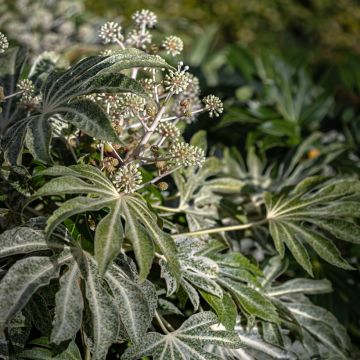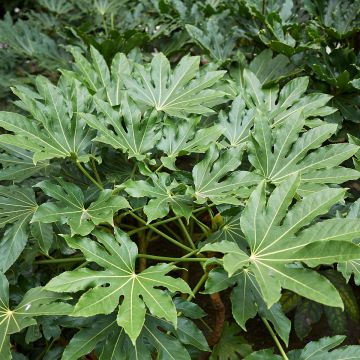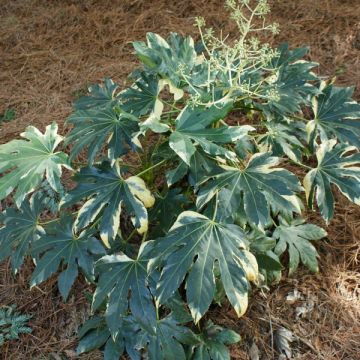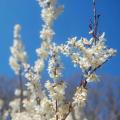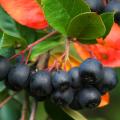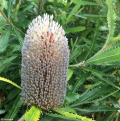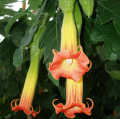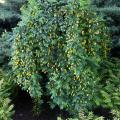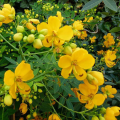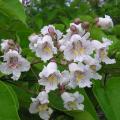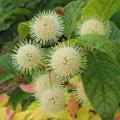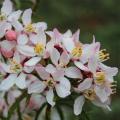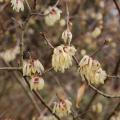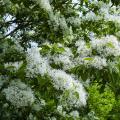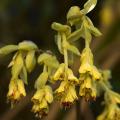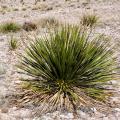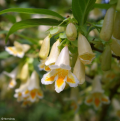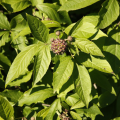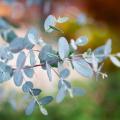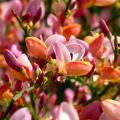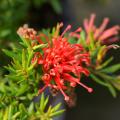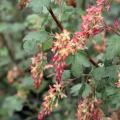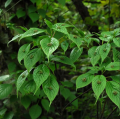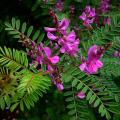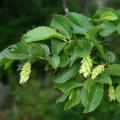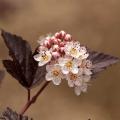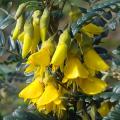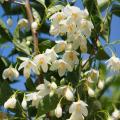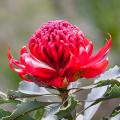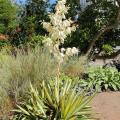Fatsia
Does this plant fit my garden? Set up your Plantfit profile →
Available in 2 sizes
Available in 3 sizes
Available in 2 sizes
Available in 2 sizes
The Fatsia or Japanese Aralia, with its shiny foliage of exotic appearance, is a star plant in our interiors, which is nevertheless robust and hardy enough (down to -12°C (10.4°F)) to be planted in the ground in a not too harsh climate, choosing a shaded area and planting them in a cool, light, non-limestone soil. The two or three shrub species that make up this genus, the most well-known of which is the Fatsia japonica or Japanese Faux-aralia, occupy the space majestically, from a corner of a small garden to the intimacy of a patio or terrace. Fatsias are plants that are native to Japan, Korea, and Taiwan. They are interestingly related to ivy (Hedera), which is evident from their large leaves' texture and their flowers' appearance. The flowers are grouped together in small, white pompons, and their black, round fruit looks like pearls. There are pretty variegated foliage forms of Fatsia, such as the Fatsia Japonica Variegata, to offer varied pleasures. When grown in pots, the plant will not exceed 1.50 m (5ft) in height. However, when planted in the ground, it can grow up to a respectable size of 2.50 m (8ft) in all directions.
Haven't found what you were looking for?







































